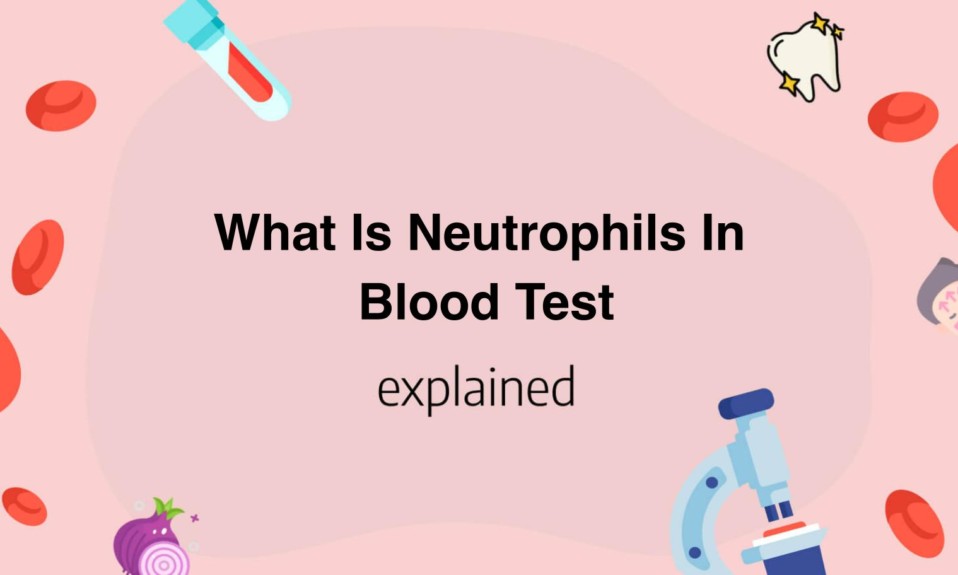Lymphocytes are white blood cells (leukocytes) whose role is the immune defense of the body against infectious aggressions.
The main ones are B lymphocytes and T lymphocytes.
In case of a decrease (lymphopenia) or increase (lymphocytosis), you should consult a doctor.
What are lymphocytes?
Lymphocytes represent between 20% and 40% of circulating white blood cells.
They are small and originate from the lymphoid organs, which are themselves separated into two groups:
- the primary lymphoid organs, which are the thymus and the bone marrow;
- the secondary lymphoid organs, which are the spleen and the lymph nodes. There are three groups of lymphocytes.
The two main groups are B and T lymphocytes, and the third group is represented by NK lymphocytes. The role of lymphocytes in the defense against infectious aggression is preponderant.
T lymphocyte
T lymphocytes (for “Thymus” because they finish their maturation in the thymus), are responsible for the so-called “cellular” immunity by destroying the cells recognized as infected. They represent 80% of lymphocytes.
In the presence of a microbe, the T lymphocytes multiply and associate with other types of white blood cells to get rid of the cellular threat.
When the microbe has reached the nucleus of the cell, the T cells destroy the cell. They can fight bacteria, viruses or fungi.
B lymphocyte
B lymphocytes produce immunoglobulins, proteins whose role as antibodies is to destroy molecules recognized as foreign to the body.
They represent 10% of lymphocytes. In case of attack by a pathogen, B lymphocytes complete their maturation and multiply to bring an adapted immune response. These B lymphocytes become plasma cells, cells that secrete antibodies.
What is absolute lymphocyte count (alc)?
An absolute lymphocyte count (ALC) represents the number of lymphocytes cells in your white blood cell. This count is expressed in absolute count instead of a percentage.
What are the functions of lymphocytes?
Lymphocytes are white blood cells that play an important role in the immune system. Within the body, each type of lymphocyte has a specific function in fighting pathogens.
Role of NK cells in the innate immune response
NK lymphocytes, or NK cells, are involved in the innate immune response, which is the body’s first response to an attack by pathogens. The innate immune response is immediate and involves NK cells, whose role is to destroy altered cells such as infected cells and cancer cells.
Roles of B and T cells in the adaptive immune response
B and T Lymphocytes are involved in the adaptive immune response. Unlike the innate immune response, this second phase of the immune response is called specific. Based on the recognition and memorization of pathogens, the adaptive immune response involves several leukocytes including :
- B lymphocytes which produce antibodies, complex proteins with the capacity to recognize and neutralize pathogens in a specific way;
- T lymphocytes that recognize and destroy pathogens in a specific way.
Lymphocytes normal range
Usually, lymphocytes count is analyzed through a complete blood count (CBC).
The normal lymphocyte count should be between 1500 and 4000/mm3 or between 20% and 40% of the total white blood cell count.
In children, it can normally be as high as 7000/mm3.
The standards vary according to the laboratory. The lymphocyte count varies rapidly within the same individual and is always higher in chronic smokers.
What causes low lymphocytes?
The lymphocyte count is low when it is less than 1500/mm3. This phenomenon called lymphopenia leads to an immune deficiency and it can be the consequence of :
- Diseases affecting the blood such as leukemia
- Certain cancers also cause a decrease in lymphocytes.
- The administration of drugs such as immunosuppressants or enter in the framework of chemotherapy used against certain cancers.
Cancer treatments, which are sometimes severe, can cause bone marrow aplasia, i.e. the bone marrow no longer produces blood cells.
The subjects, then at very high risk of infectious pathology, are placed in isolation. A fever associated with a low lymphocyte count should be an urgent warning.
What causes high lymphocytes?
High lymphocytes also called Hyperlymphocytosis or lymphocytosis, corresponds to a lymphocyte count of more than 8,000 to 9,000 /mm3. Elevated lymphocytes are the sign of an infectious disease, most often viral. It can be an ENT infection (mononucleosis, angina), bronchitis or any other infectious disease.
Lymphocytes can also be elevated in cases of cancer or lymphoma.
They are also often higher in smokers.
What are the symptoms of high and low lymphocytes?
High lymphocytes also called lymphocytosis may be reflected in the presence of lymph nodes (in the neck, armpit or groin) that indicate hematologic disease. We also always look to see if the patient has a large liver or a large spleen, which are nodes in their own right. Tumor disease can also cause fever, night sweats and weight loss.
Low lymphocytes also called lymphopenia can result in a chronic infectious syndrome characterized by fever, cough and runny nose, which can be found in bronchitis, sinusitis, pneumonia, etc. Nodes (in cancer or HIV infection), swollen and painful joints or a rash (in lupus or rheumatoid arthritis) may also occur.








